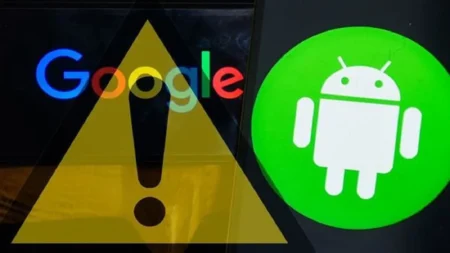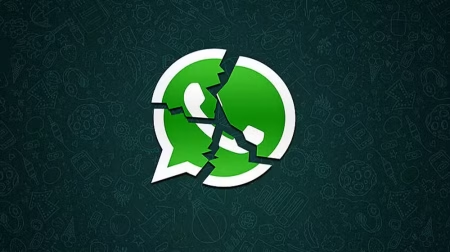As Windows 11 adoption continues to lag, experts are raising alarms that millions of perfectly functional PCs could turn into e-waste once Windows 10 support officially ends in October 2025.
Despite this impending deadline, recent data from StatCounter shows some progress. Windows 11 currently holds a 35.55% market share as of October, while Windows 10 remains at 60.97%, though it’s on a steady decline from 69.9% in April. Still, Windows 11’s adoption pace is slower than expected, making it uncertain if it will dominate the market by the time Windows 10 support is phased out.
Microsoft plans to offer ongoing security updates for Windows 10 after the end-of-support date, but at a cost: $30 for individual consumers, $61 for enterprise users, and $1 for educational users for the first year of extended coverage.
Extended Support Concerns and Critic Criticism
While these additional paid updates may encourage some users to upgrade, the move has faced criticism from groups like the Public Interest Research Group (PIRG). The organization previously petitioned Microsoft in 2023, urging them to rethink the Windows 10 end-of-support deadline. Lucas Rockett Gutterman, Director of PIRG’s Designed to Last Campaign, voiced strong concerns, stating:
How WhatsApp Makes Money While Staying Free for Nearly 3 Billion Users
“It’s outrageous that Microsoft, while promoting environmental initiatives, is positioning itself to discard nearly 400 million functional computers. This is not only environmentally harmful but also disregards consumers, who are forced to replace devices that still work perfectly well.”
Microsoft’s Efforts to Boost Windows 11 Appeal
In recent updates, Microsoft has made several changes to Windows 11 to attract more users. The latest Windows 11 release, version 24H2, introduces a variety of new features, including the integration of the Rust programming language into the kernel, support for the SHA-3 cryptographic algorithm, and a command-line tool similar to Linux’s Sudo.
Yet, despite these updates, many users remain frustrated with Windows 11’s strict hardware requirements, which prevent older but still functional PCs from running the new operating system. This has left some users questioning the feasibility of upgrading to Windows 11 on their current devices.
Comparing Previous Windows Version Transitions
In January 2019, a year before Windows 7 support ended, Windows 10 had already claimed a significant market lead with 53.18% market share, compared to Windows 7’s 35.05%. While Windows 11 is gaining traction, it still has a long way to go to match the adoption rates seen in previous transitions.
With the end of Windows 10 support approaching, the question remains whether Microsoft will adjust its approach to encourage a smoother transition to Windows 11 or stick to its original deadline, potentially leaving millions of devices obsolete and adding to global e-waste concerns.




